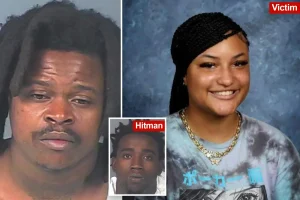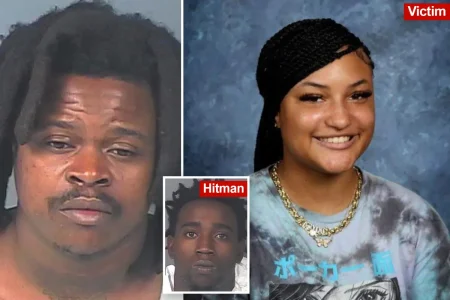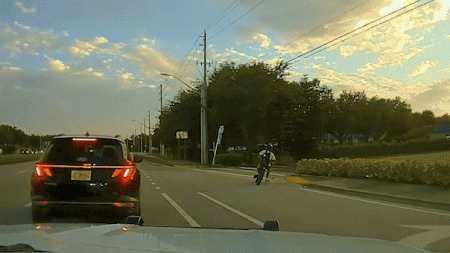DC’s Struggle Against Violence Continues Despite Trump’s Claims of Success
In the midst of President Donald Trump’s declarations of victory over crime in Washington, D.C., the nation’s capital experienced a jarring string of violence with three homicides occurring within a six-hour period last Saturday. These tragic events paint a complex picture of a city where progress and persistent challenges coexist, raising questions about the effectiveness of recent crime reduction efforts. While overall crime statistics have shown improvement following federal intervention, these incidents demonstrate that the battle against urban violence remains far from over in a city that continues to grapple with public safety concerns despite high-profile federal attention.
The series of shootings began shortly before 3 p.m. when police responded to a call in the 1900 block of C Street SE, where they found a 17-year-old boy with a gunshot wound to his upper body. Despite being rushed to the hospital, the teenager succumbed to his injuries. Just four hours later, around 6:52 p.m., officers discovered another teen boy shot inside a home in the 700 block of Newton Place, Northwest. Despite medical intervention, he was pronounced dead at the scene. The violence continued at approximately 8:48 p.m. when officers responded to the 1400 block of 14th Place, Southeast, where they found a woman with multiple gunshot wounds who did not survive. A fourth shooting involving another teenager was reported, though authorities have not classified it as a homicide. In all cases, police have withheld the victims’ identities and have not released information about potential suspects as homicide detectives investigate the circumstances surrounding these deaths.
These incidents occurred against the backdrop of President Trump’s recent statements touting improvements in public safety in the District. “We have a very safe city now,” Trump declared last week. “The country is going to be safe. We do it one at a time.” His administration has taken an active role in addressing crime in Washington, D.C., deploying over 2,000 troops in August as part of an anti-crime initiative. The president also signed an executive order expanding crime-fighting measures, including adding prosecutors focused on violent and property crimes, and directing transportation improvements. These federal interventions have reportedly resulted in more than 1,000 arrests and, according to official statements, periods of reduced homicide rates, including a 12-day homicide-free stretch prior to these recent incidents.
The contrast between the administration’s declarations of success and Saturday’s outbreak of violence highlights the complexity of urban crime dynamics. According to Metropolitan Police Department data, Washington, D.C. had recorded 122 homicides this year as of November 10, with Saturday’s incidents raising the number of homicides in the past week to five. This reality complicates the narrative of a “crisis” of crime being successfully addressed, suggesting that while certain metrics may show improvement, persistent challenges remain in addressing the root causes of violence in the city. Community advocates have long pointed out that effective crime reduction requires not just law enforcement presence but also investment in social services, economic opportunities, and community-based violence prevention—approaches that often receive less attention than highly visible police operations.
For residents of neighborhoods affected by these shootings, the statistics and political declarations mean little compared to the immediate reality of violence in their communities. Each homicide represents not just a data point but a profound loss—young lives cut short and families devastated. The concentration of these incidents in specific areas of the city also highlights the uneven distribution of both crime and safety resources across Washington’s diverse neighborhoods. Many community members continue to express frustration with approaches that emphasize arrests and enforcement without addressing underlying socioeconomic factors that contribute to violence, particularly among youth. The fact that two of Saturday’s victims were teenagers underscores ongoing concerns about youth violence and the need for targeted intervention strategies for young people.
As investigations into these homicides continue, the events serve as a sobering reminder of the challenges that remain in creating lasting safety in urban environments. While Trump’s administration has claimed credit for crime reduction in the nation’s capital, these incidents suggest that sustainable progress requires more than temporary surges in law enforcement presence. True transformation of public safety outcomes likely demands a comprehensive approach that balances immediate enforcement with long-term investment in community resources, economic development, mental health services, and youth programs. Washington, D.C.’s ongoing struggle with violent crime, despite unprecedented federal attention, demonstrates that the path to a consistently safe urban environment remains complex and challenging, requiring persistent effort beyond political timelines and simplified narratives of success or failure.










